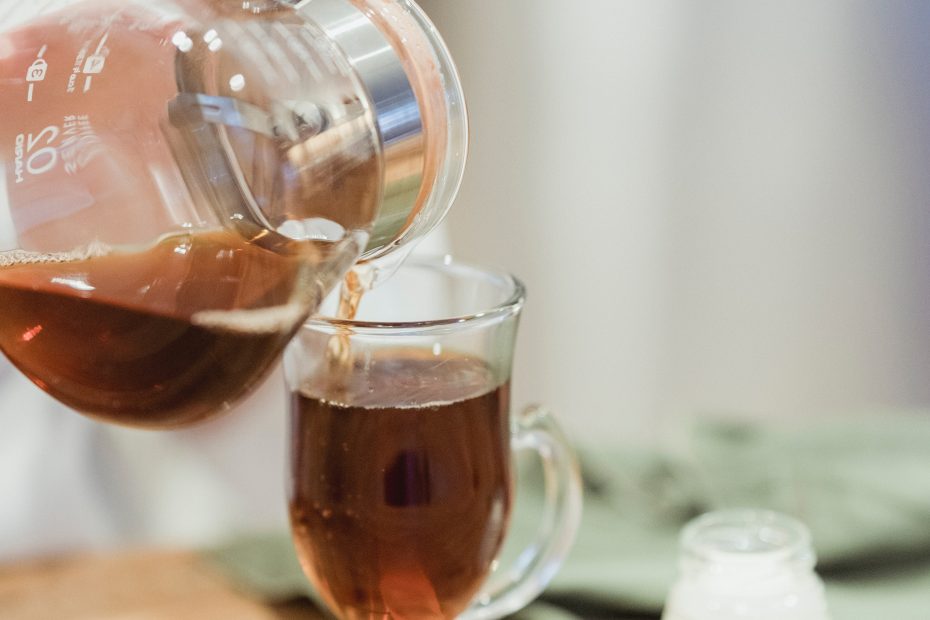What Is White Tea?
White tea always makes us think of something precious, and delicate, with an almost imperceptible floral flavor. It is the favorite tea of many, but few people know exactly where it is produced and how many varieties exist.
Of all the varieties of tea, it is the one whose leaves are processed as little as possible by humans. This means that once the leaves intended to produce it are harvested, they are subjected to withering and drying, which serve to remove residual moisture. But beyond that, no leaf rolling takes place, which is instead involved in the processing of other teas, such as black tea, oolong tea, and fermented tea.
In black tea, the rolling stage is used to trigger oxidation, the chemical process during which the plant juices contained in the leaf come into contact with oxygen. In this way, the leaf takes on its characteristic dark color.
In white tea, this stage is missing and oxidation occurs quite naturally in contact with heat during the drying stage.
The type of processing to which white tea is subjected is crucial to obtain the most desired characteristics in this type of tea and its benefits.
To produce white tea, a bud or bud composed of bud with one or two leaves is harvested. We can recognize the buds by the silvery fluff that covers them, a detail that gives this silvery-white color to the leaves of this variety.
Within Chinese white tea production, there are four types, traceable to the type of leaves harvested for their production:
- Bai Mu Dan, the white tea obtained by harvesting the bud and one or two leaves
- Bai Hao Yin Zhen, the white tea obtained by harvesting only buds covered with a light silvery fluff
- Shou Mei, the white tea obtained by harvesting the bud with two or three leaves
- Gong Mei, the white tea obtained by harvesting only leaves, without buds
Where Does White Tea Come From?
Originally, white tea was produced in Fujian Province, China. Its production began in the late 1700s, during the Qing dynasty, and it brought about a major change: before that time, tea leaves were ground for consumption; white tea began to be consumed the whole leaf, as it is used nowadays.
Certain plants indigenous to Fujian Province were selected that were considered the best for white tea production, as they produced very fleshy buds that were very suitable for the production of this type of tea. This was the cultivar we know today as Da Bai, or “Great White.”
The first white tea to be produced was Bai Hao Yin Zhen, composed of only buds and also known today as Silver Needles.
Later, around 1920, another type of white tea began to be produced, Bai Mu Dan, or White Peony. This tea arose to satisfy the English market, which demanded stronger flavors. Bai Mu Dan has open buds and leaves, and this characteristic defined the style of other similar-looking white teas produced later.
Today white tea can also be found in other parts of China, as well as in other countries, such as Taiwan, India, Sri Lanka, Hawaii, Malawi, and Georgia.
The global market demands more and more white tea, so other producing countries have also begun to process this type of tea, even though it is not exactly typical of their areas.
The benefits of white tea
White tea, along with green tea, is celebrated for its countless properties, which are very similar to those found in all types of tea.
In particular, white tea contains antioxidant substances, and polyphenols, which have positive effects on cancer, aging cells, and cardiovascular disorders.
However, each tea is processed differently, so polyphenols in white tea are credited with the ability to slow skin aging, to strengthen teeth and bones.
Among the benefits of white tea, we can particularly find the ability to keep blood sugar levels under control and to act as an anti-inflammatory
According to Traditional Chinese Medicine, white tea is recommended as a defense against influenza, and thus as a useful immune system booster. It is considered a “warming” tea, indicated for counteracting inflammation even in the intestines.
Caffeine is present in white tea, as it is composed of buds and the highest leaves of the plant. Recall that it is precisely in these parts of the Camellia Sinensis that nutrients and substances are most concentrated.
100 ml of white tea contains 15 milligrams of caffeine.
As much as it is said that white tea has a relaxing effect, certainly brought by the presence of L-theanine, it should be considered that wide consumption could give problems to those who already suffer from anxiety, nervousness, and insomnia.
How to prepare white tea?
The ideal water temperature for white tea ranges from 75°C to 90°C.
Teas composed only of buds, such as Silver Needles, can be prepared at temperatures ranging from 75°C to 80°C for up to 3 minutes (following the Western method of preparation).
Broad-leaf white teas, such as Bai Mu Dan or aged white teas, can be prepared at 90°C for up to 6 minutes.
On the other hand, if we use the Eastern preparation technique, increasing the number of leaves (5 grams per 100 ml of water), we can infuse several times at 90°C for 20, 30, and finally 40 seconds.
In this case, it is very important not to get distracted by doing other things: the flavor of our tea depends on it!
Enjoy your tasting!
